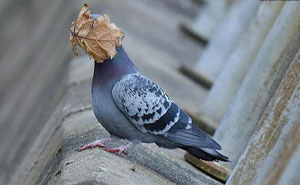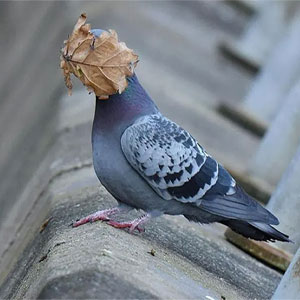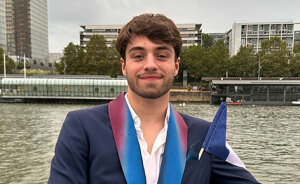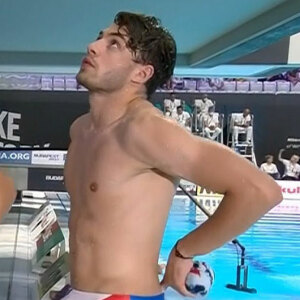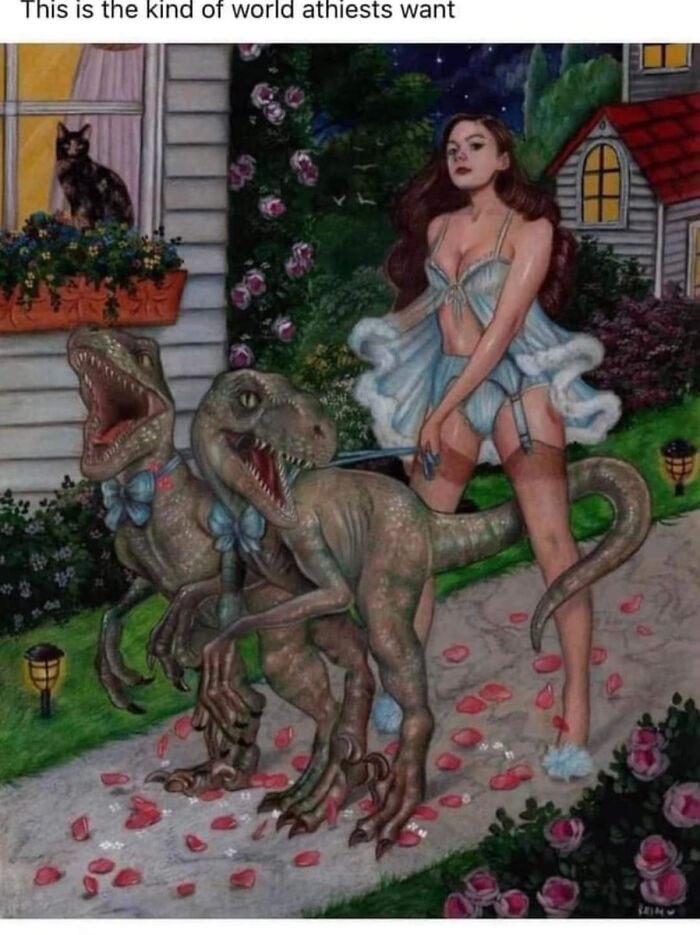And the subreddit r/artmemes embodies that spirit perfectly. A hub for artists, meme enthusiasts, and casual browsers alike, it invites folks to share their takes on the creative process, popular works, and everything else in between. So we took up the role of a curator and handpicked a collection of its top posts to help you familiarize yourself with this awesome online community. Enjoy! Taylor specializes in 16th-century symbolism in European illuminated manuscripts and paintings and believes that memes can have a positive impact on the art world by, for example, sparking deeper conversations about it, but to do so, they need to avoid oversimplifying the subject. “Where art is concerned, they can […] poke fun at some aspects that the general public has difficulty understanding, such as performance art. Many do not understand that, and find it weird,” she told Bored Panda.
Dr. Ben Street, who is an author, lecturer, and educator based in London, United Kingdom, agrees. “I think memes can definitely have a positive impact on the art world,” he told Bored Panda. However, he believes they shouldn’t tackle questions surrounding the meaning of art. “No one’s going to agree on that and it’s not urgent. Instead, they should focus on wider problems in the art industry. There are so many. Memes can draw attention to them.”
Their worries are understandable. After all, Los Angeles is even set to introduce the world’s first AI art museum. Dubbed Dataland, it is expected to open its doors in 2025, in a new development next to the Museum of Contemporary Art, the Broad Museum, and the home of the LA Philharmonic, penetrating the space of the city’s most prestigious cultural venues. So r/artmemes does offer a medium for relevant conversations.
Indeed, according to researchers looking at modern forms of communication, they are a language in themselves, with a capacity to transcend cultures and construct collective identities between people. Memes are said to tap into collective online consciousness and have been referred to as digital folklore – or “Netlore.”
But this line of thinking, according to Melanie Taylor, is a very personal one. “Since the advent of photography (an art form in its own right from its beginning in 1839 on both sides of the English Channel) and the spin-offs such as cinema, newsreels, [and] docudramas (so many!), art is no longer a representation of a recognizable individual, place or time in history,” she explained. The context becomes intertwined, and “memes pointing to the content of paintings such as ‘The Wreck of the Medusa’ (1818-19) by Theodore Gericault would inspire some to look deeper into this history painting.”
“The painting was displayed in the Paris Salon of 1819 to wide acclaim as the wreck had caused a scandal in the French newspapers. Since the papers were the social media of their day, people flocked to see Gericault’s painting and it made his name.” Every format serves its own purpose, and as Taylor beautifully illustrated, saying that one is “lower” and therefore less important than the other can be simply unfair.
“This poses a further question: when does some ’low’ art become ‘high’ art? The jury will always be out, especially with the more modern pieces, such as those by the American abstract expressionists [… like] Jack the Dripper — better known as Jackson Pollock — or even Picasso, […] the Young British artists, such as Tracy Emin, Damien Hurst, and others [… as well as] those hopefuls emerging from the myriad number of art schools across the world; all have their place, and all have to start somewhere.” So do memes!
Follow Bored Panda on Google News! Follow us on Flipboard.com/@boredpanda! Please use high-res photos without watermarks Ooops! Your image is too large, maximum file size is 8 MB.









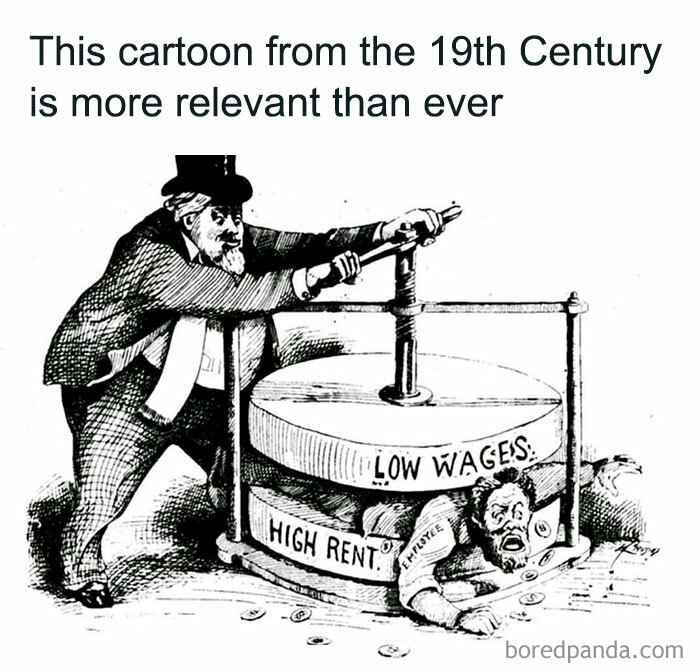








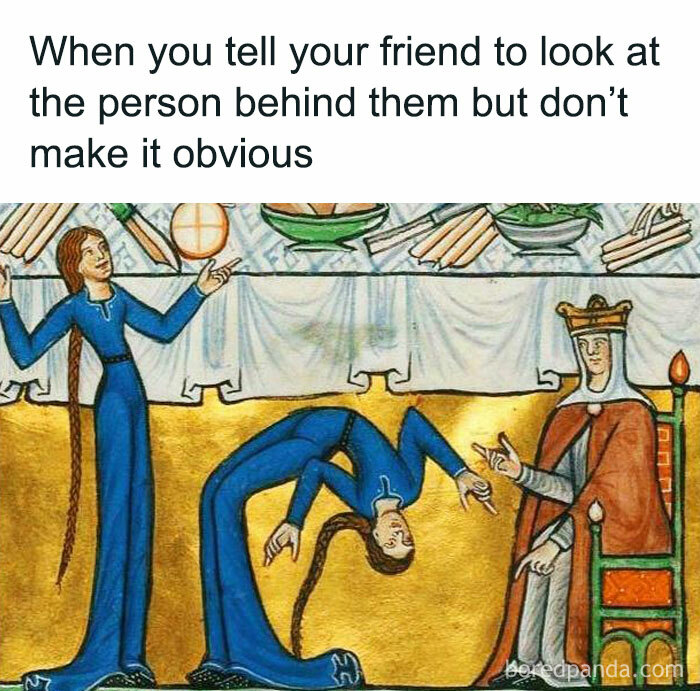


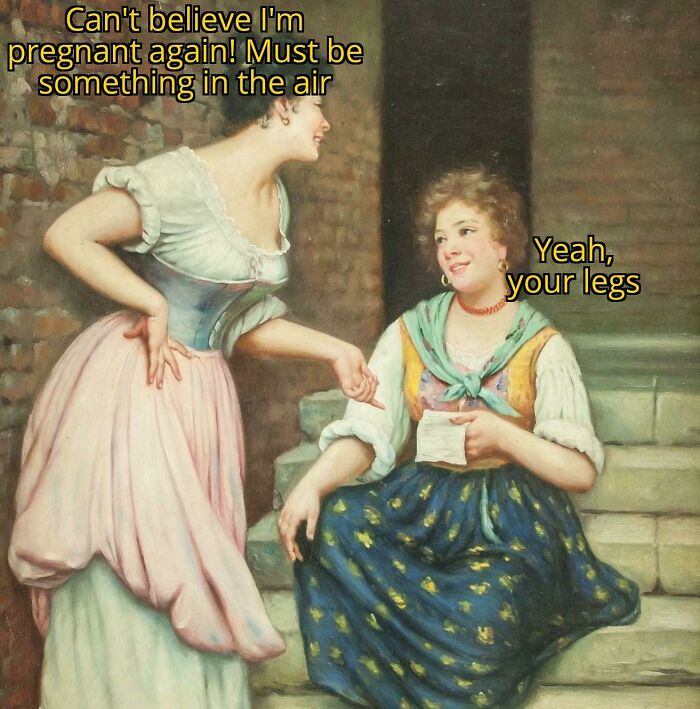





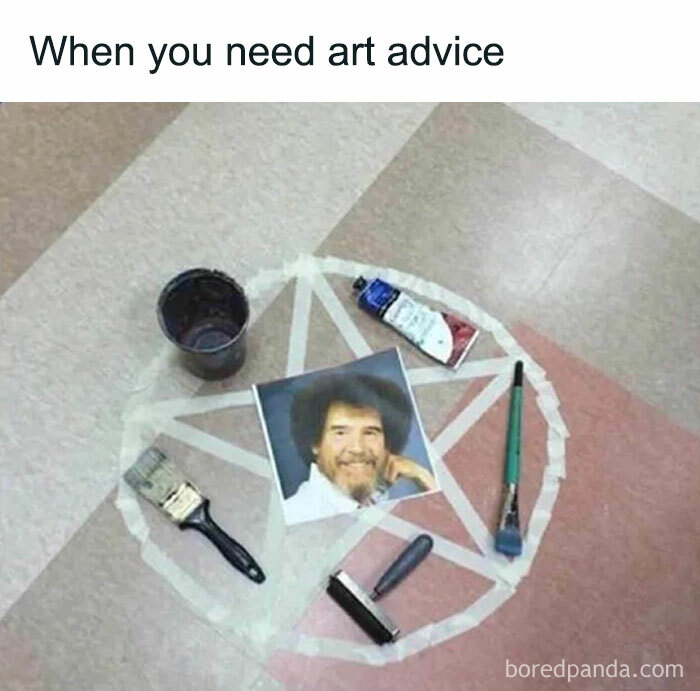


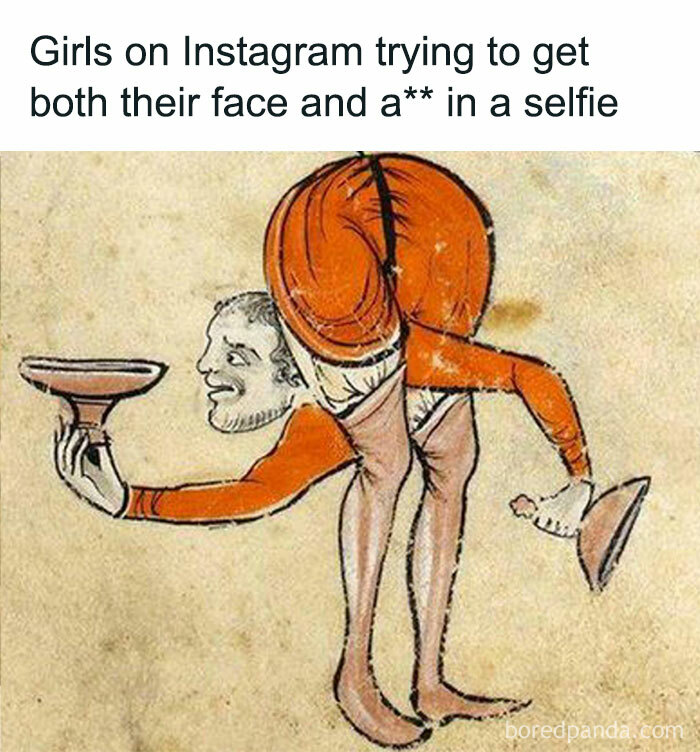


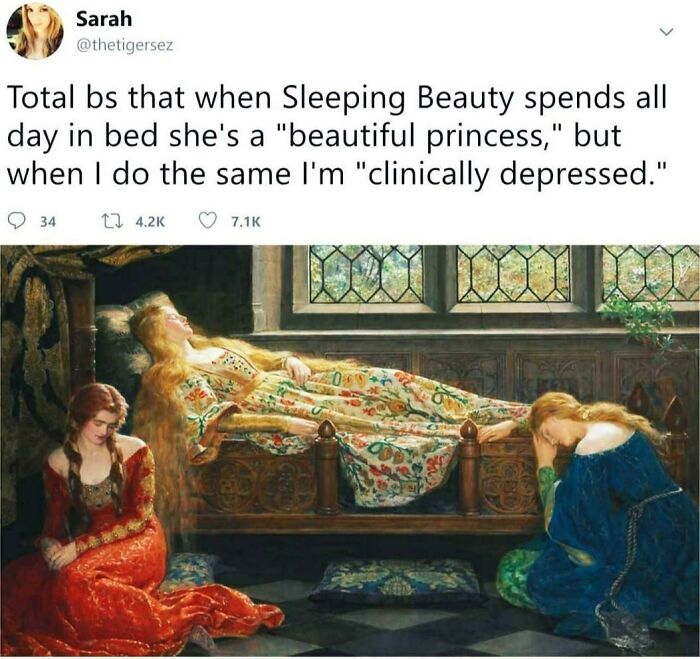


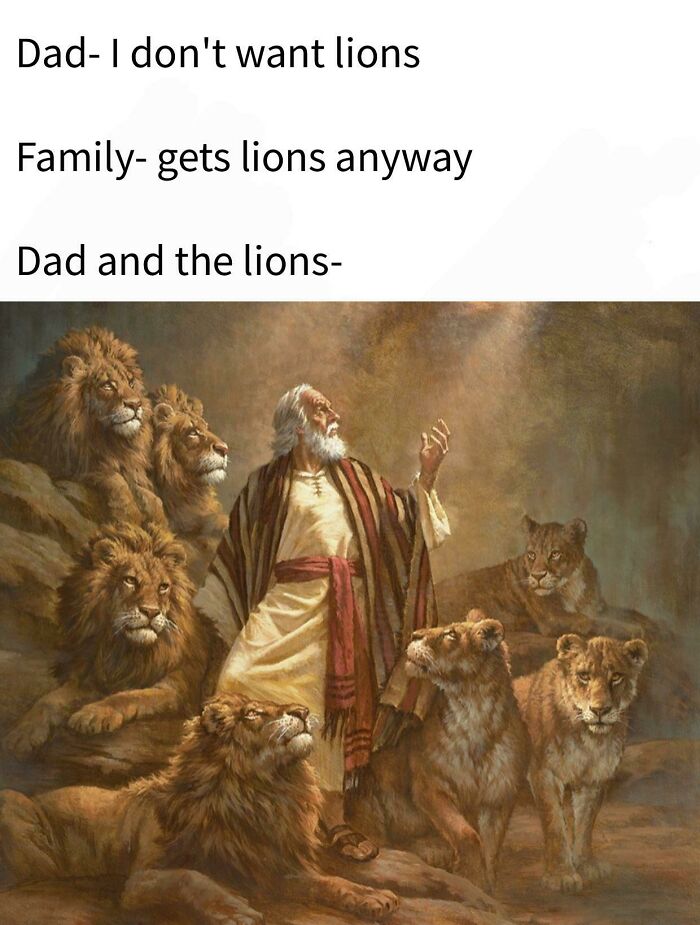


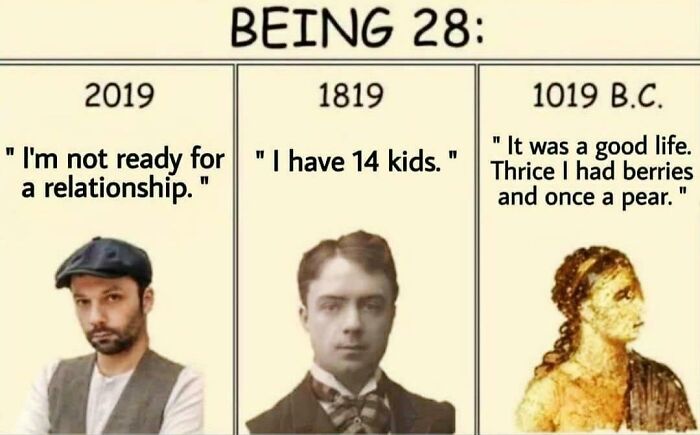


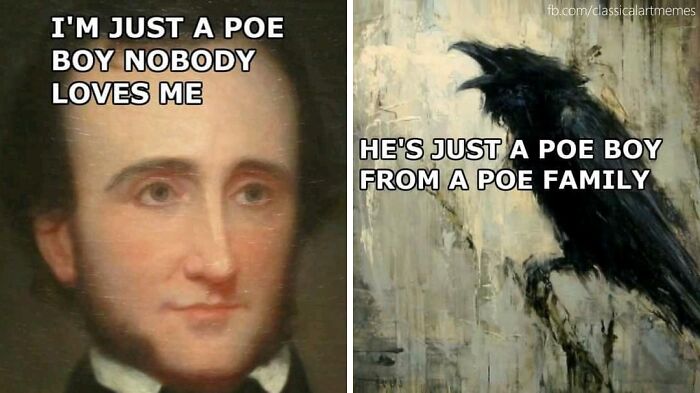


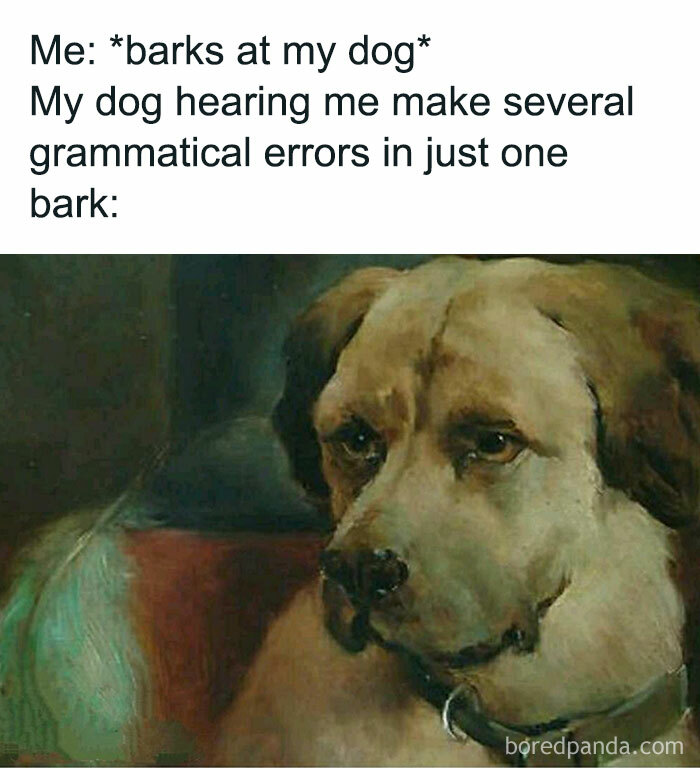


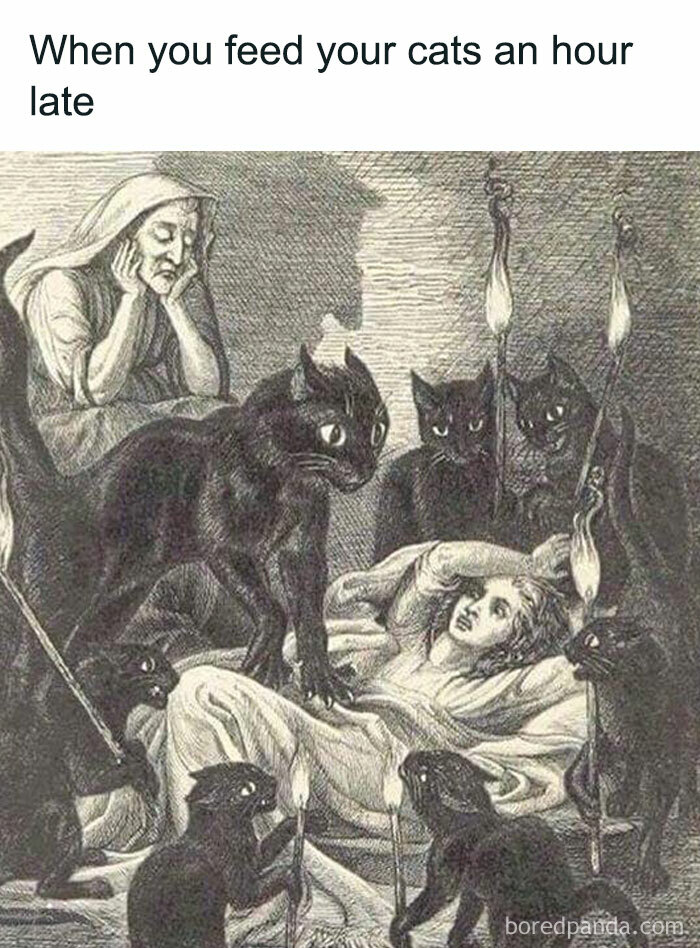


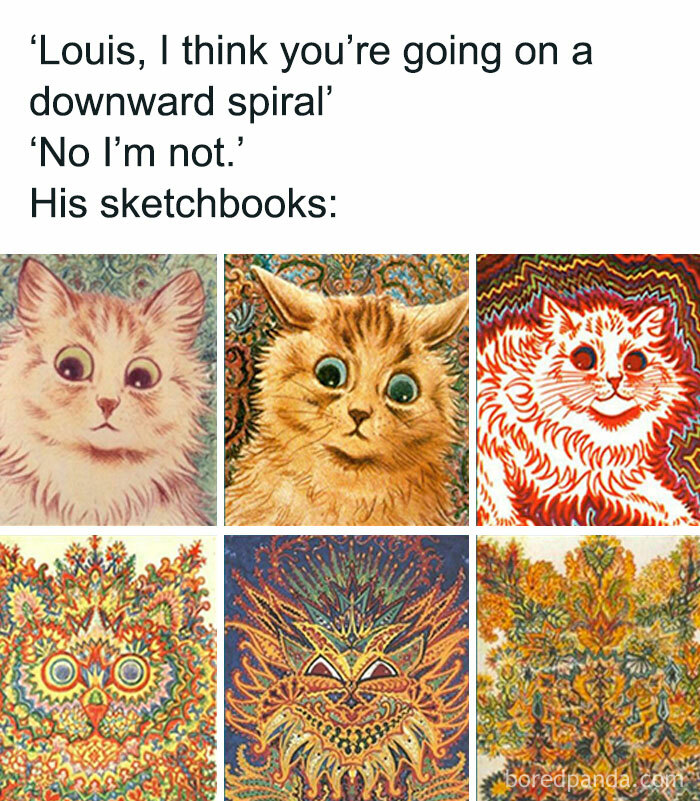





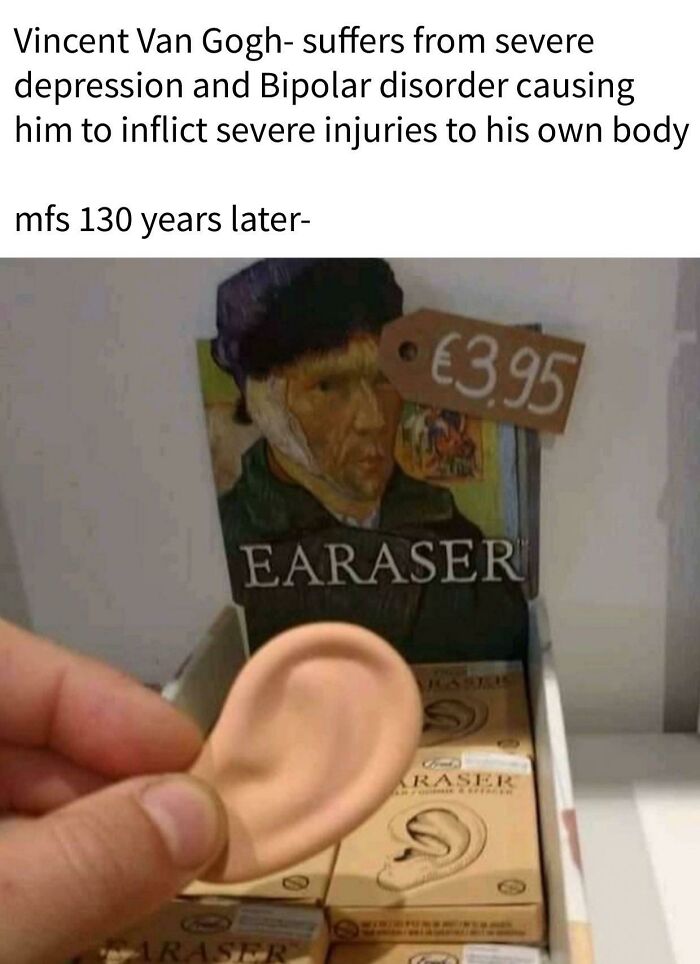





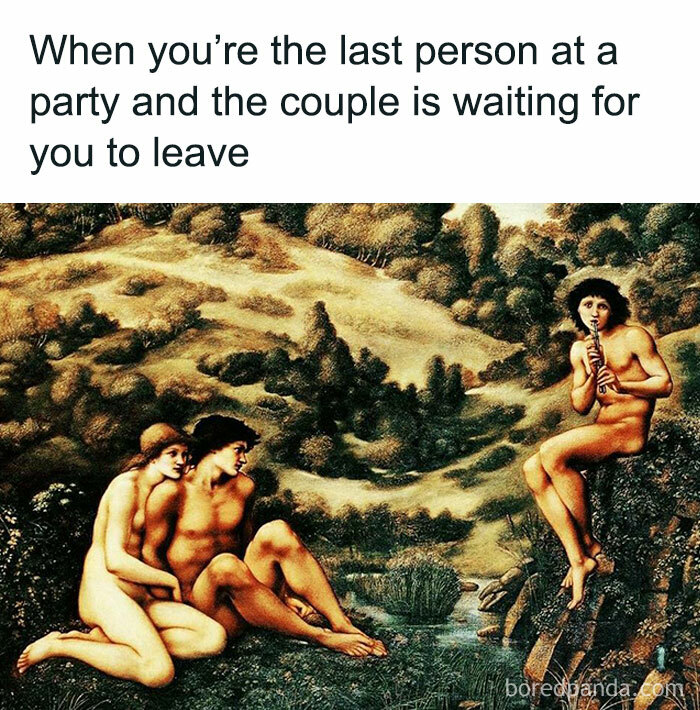


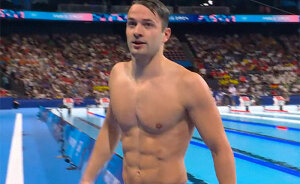

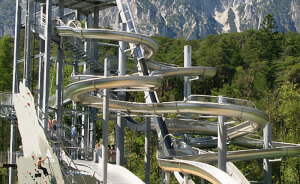

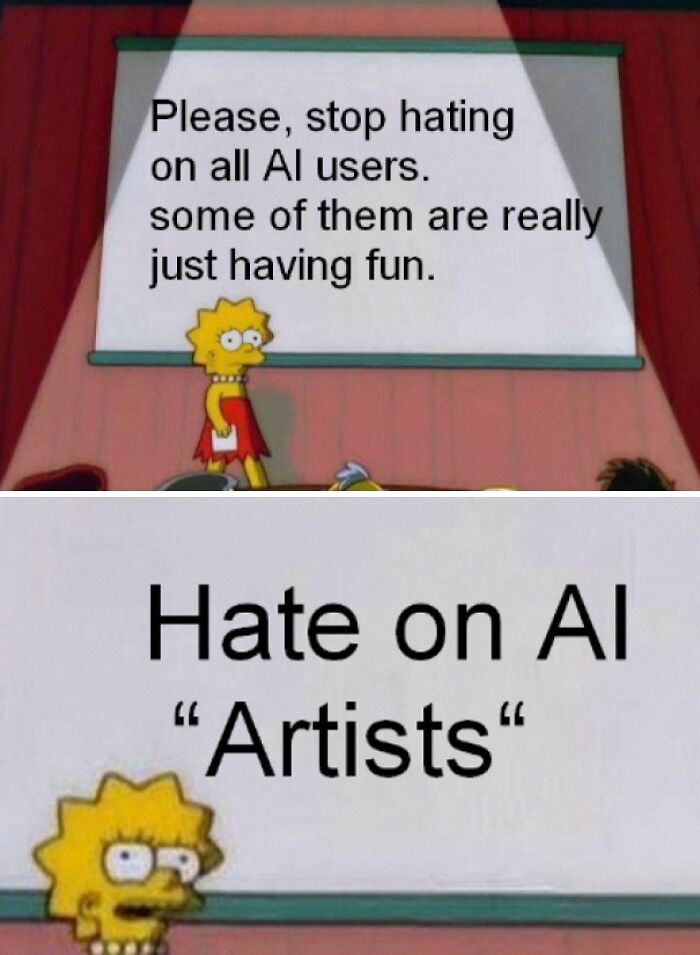


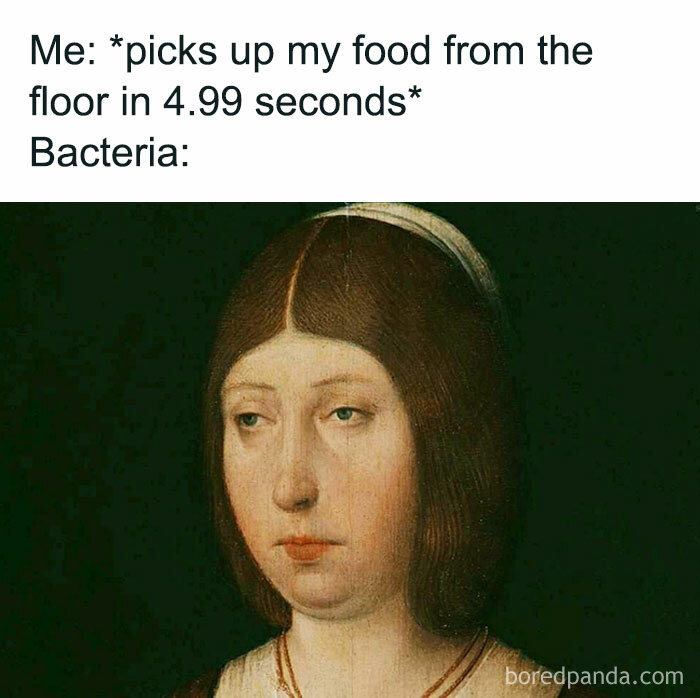





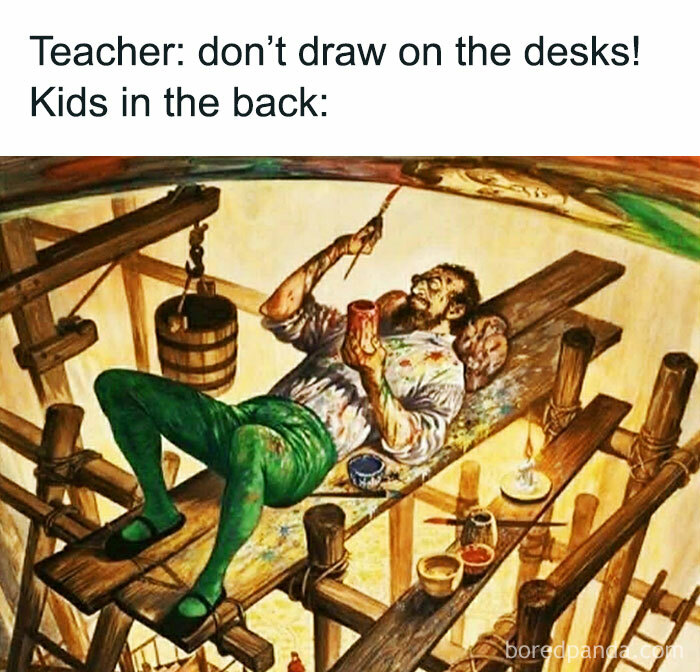


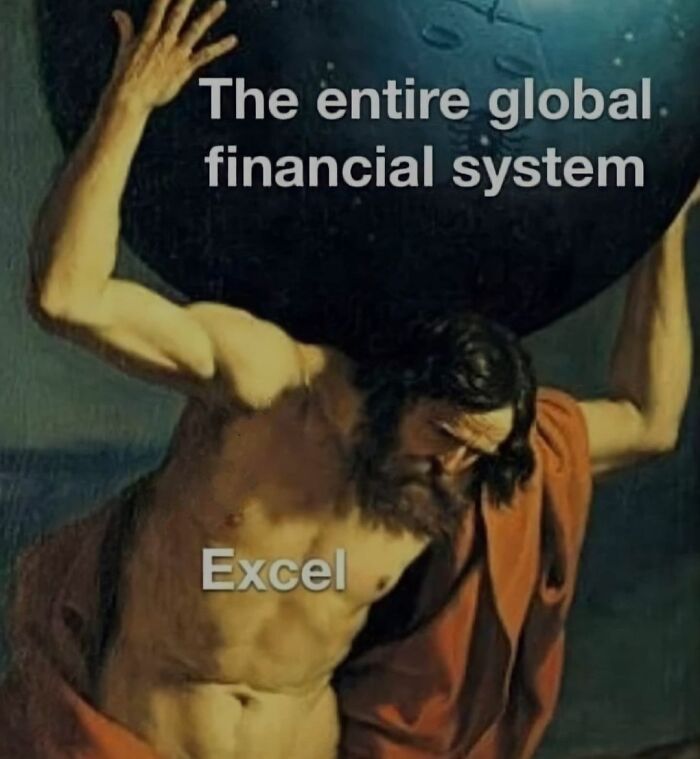


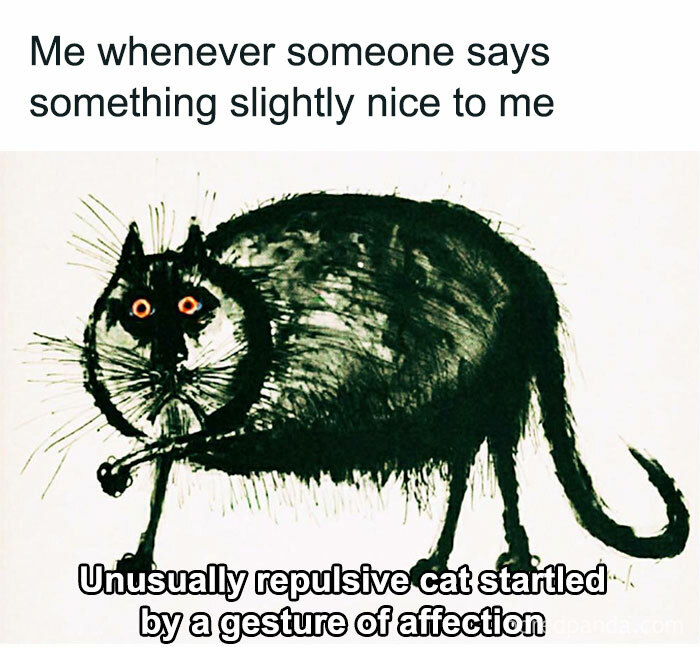


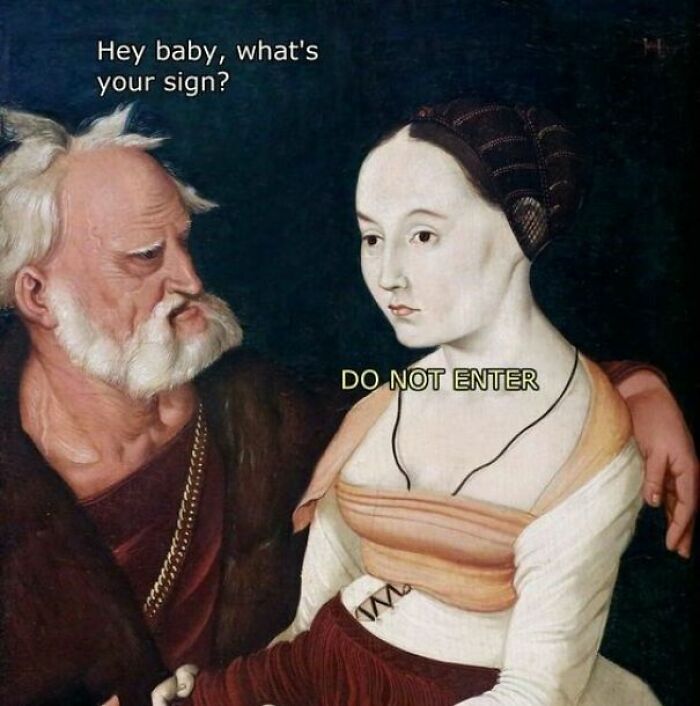


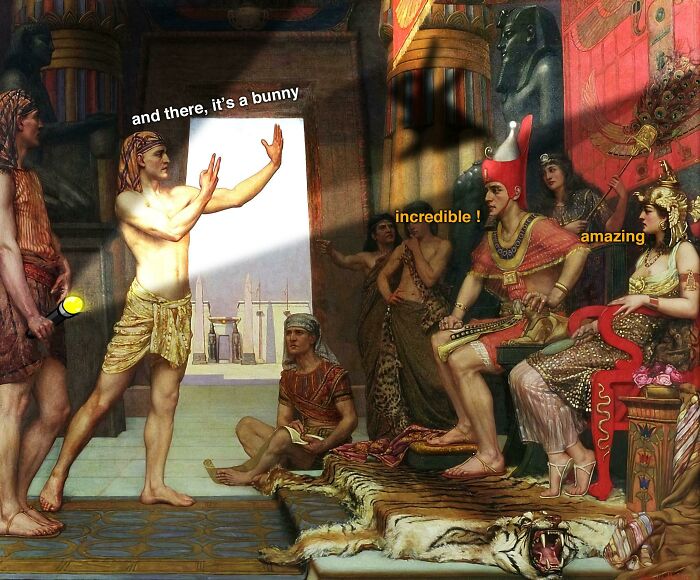





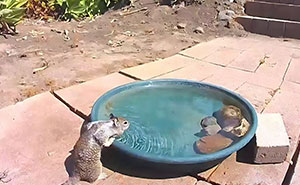
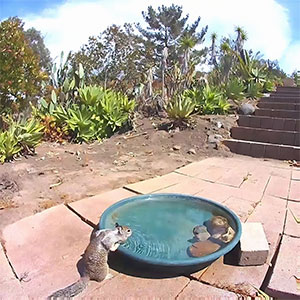
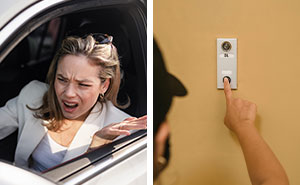

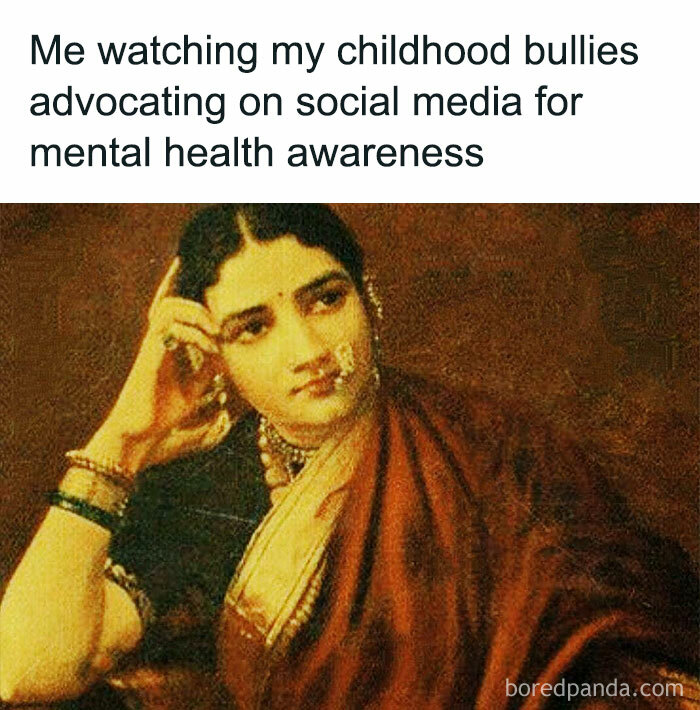


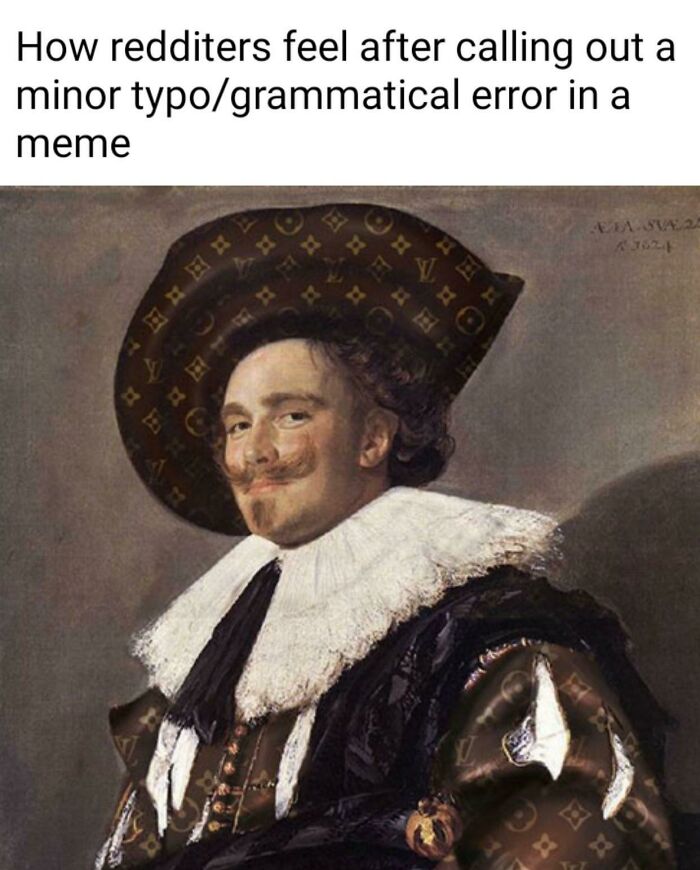


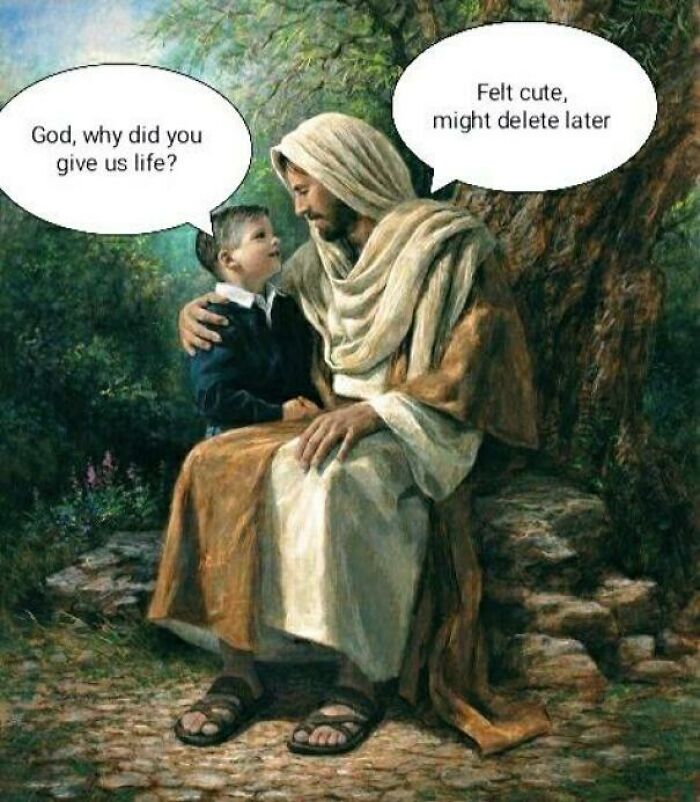


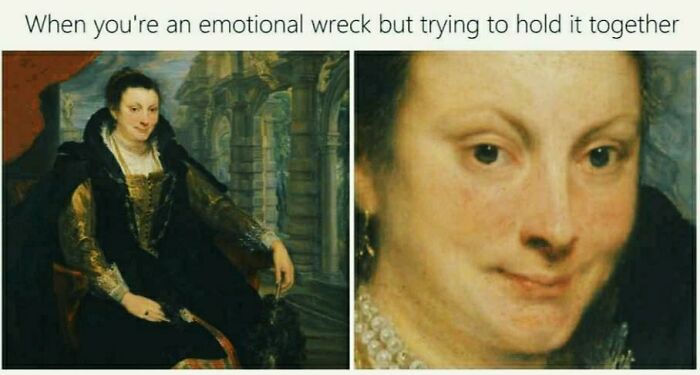


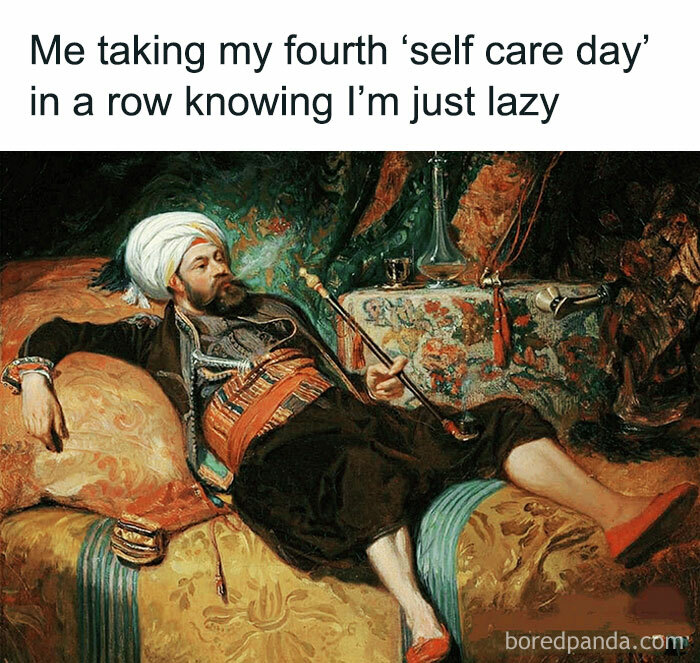


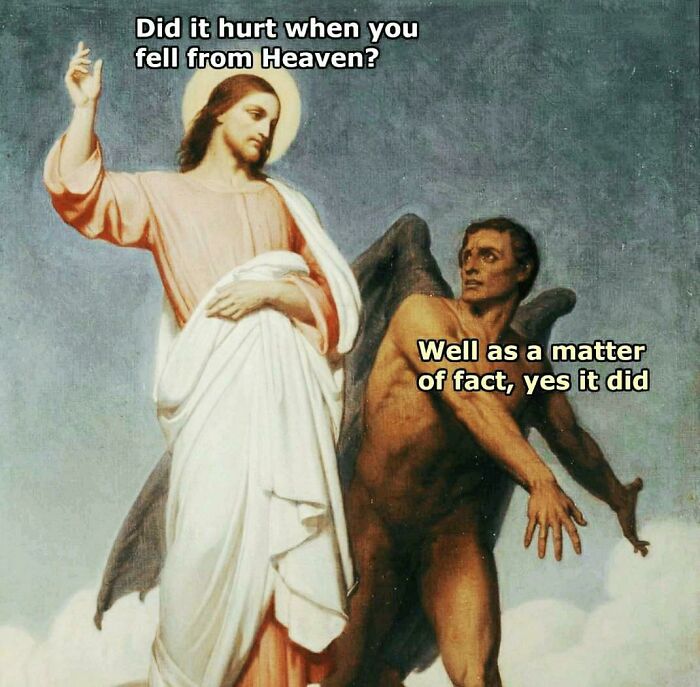


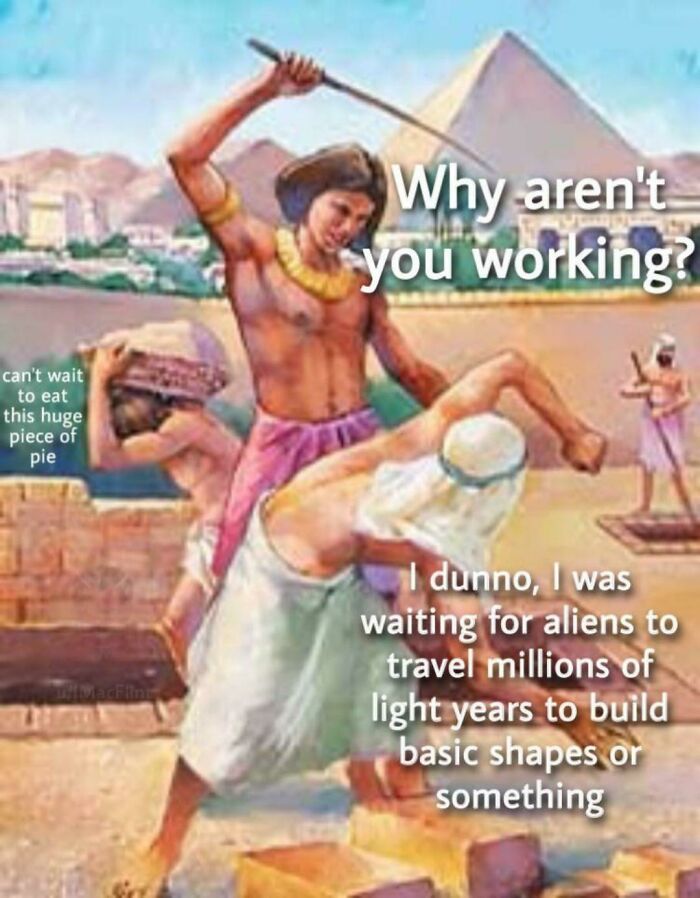


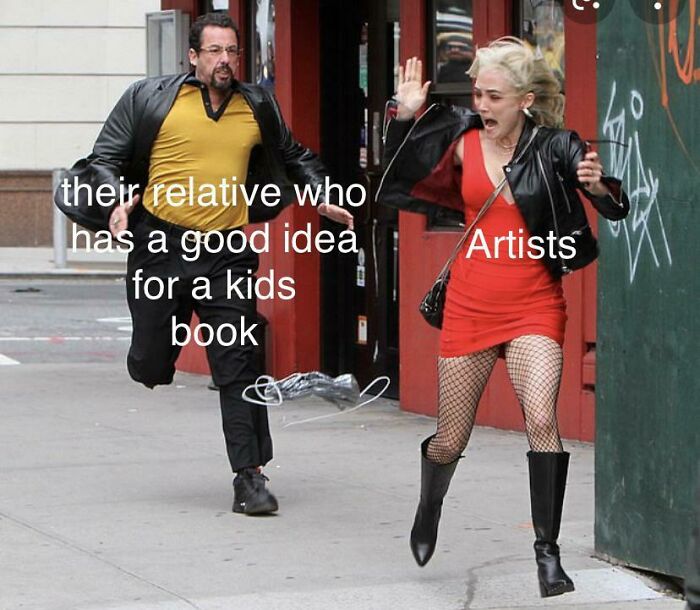

![]()
